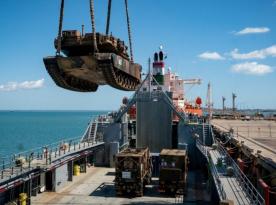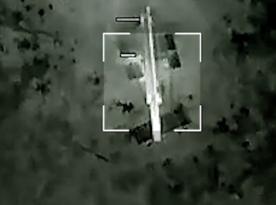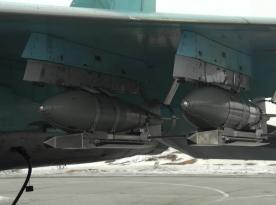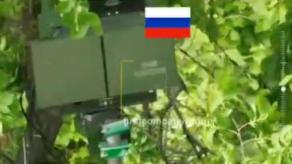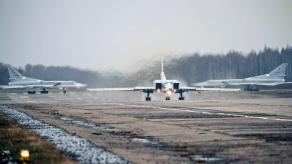Artillery ammunition in 155mm is in deficit around the world, and for a reason: the Russian-Ukrainian war has been largely decided by artillery warfare, with millions of shells supplied by Ukraine's partners.
One of the largest suppliers is the United States, and the situation had a sudden turn after the report from Axios that some of the ammunition destined for Ukraine will be sent to Israel instead. However, this headline based on comments from anonymous sources in the Israeli defense ministry, requires some clarification.
Read more: Where Did Hamas Get Rare RPG-7s with Tandem-Charge EFP, Anti-Tank Weapons and MANPADS

To start with, the journalists say only those 155mm artillery rounds will return to Israel that were initially there: although the US owns this ammunition, it had an agreement that the IDF will have immediate access if needed. Batches with shells have been drawn since early 2023.
Looking back at the reports from that time, an estimated number of 300,000 shells were supposed to depart for Ukraine. Now the Israeli military requires some, too, in their fight against Hamas in Gaza; however, not all of them but "tens of thousands," according to Axios' sources in Israel.
The Pentagon's Press Secretary Patrick Ryder meanwhile confirmed that first shipments of military aid were sent to Israel, including 155mm artillery ammunition, as well as GBU-39B Small Diameter Bombs, and JDAM bombs – Boeing even promised to speed up the delivery of those, according to Bloomberg.
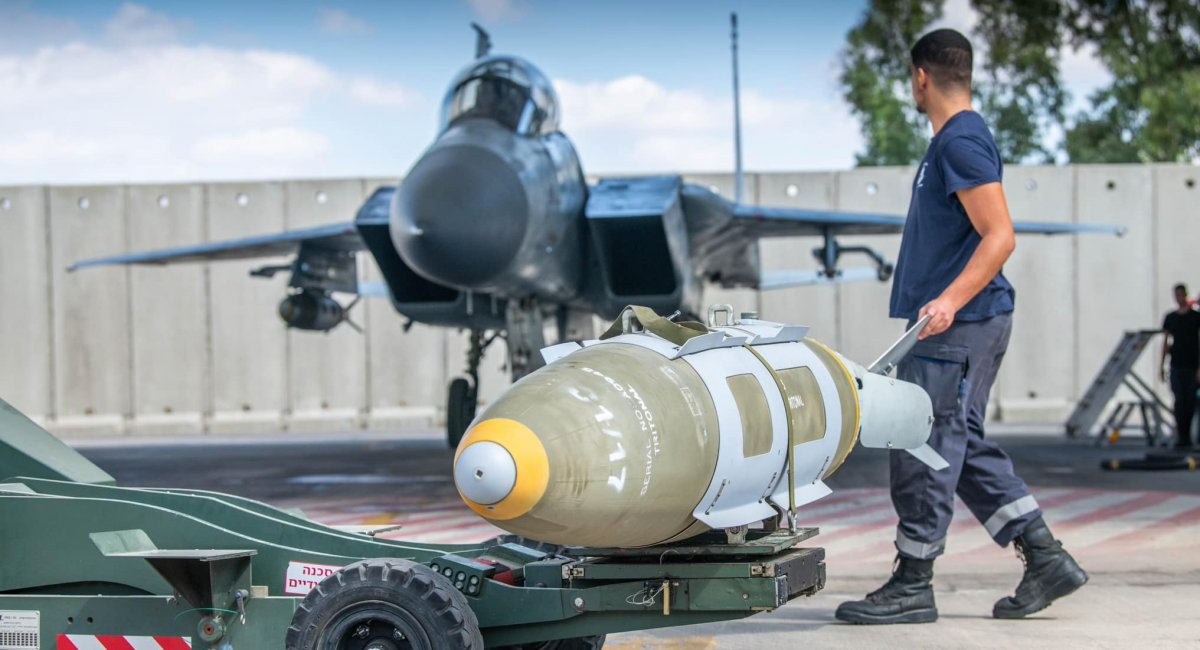
An implementation of a commercial contract would barely have any effect on the other project which is production of JDAMs for the Air Force of Ukraine, under the USAI program funded by the US government. Especially since the order prepared for Ukraine is much smaller, measured in thousands at most, whereas Israel has already gotten over 12,000 JDAMs from Boeing in the past decade.
On the other hand, an increased demand for artillery ammunition, all the more an urgent one, may cast a shadow on the prospects for both Ukraine and Israel. In fact, the IDF has roughly as many artillery systems as the East-European peer: the Armed Forces of Ukraine operate 300 pieces of 155mm artillery, both towed and self-propelling, while the Israel Defense Forces have 250 M109A5s in service.
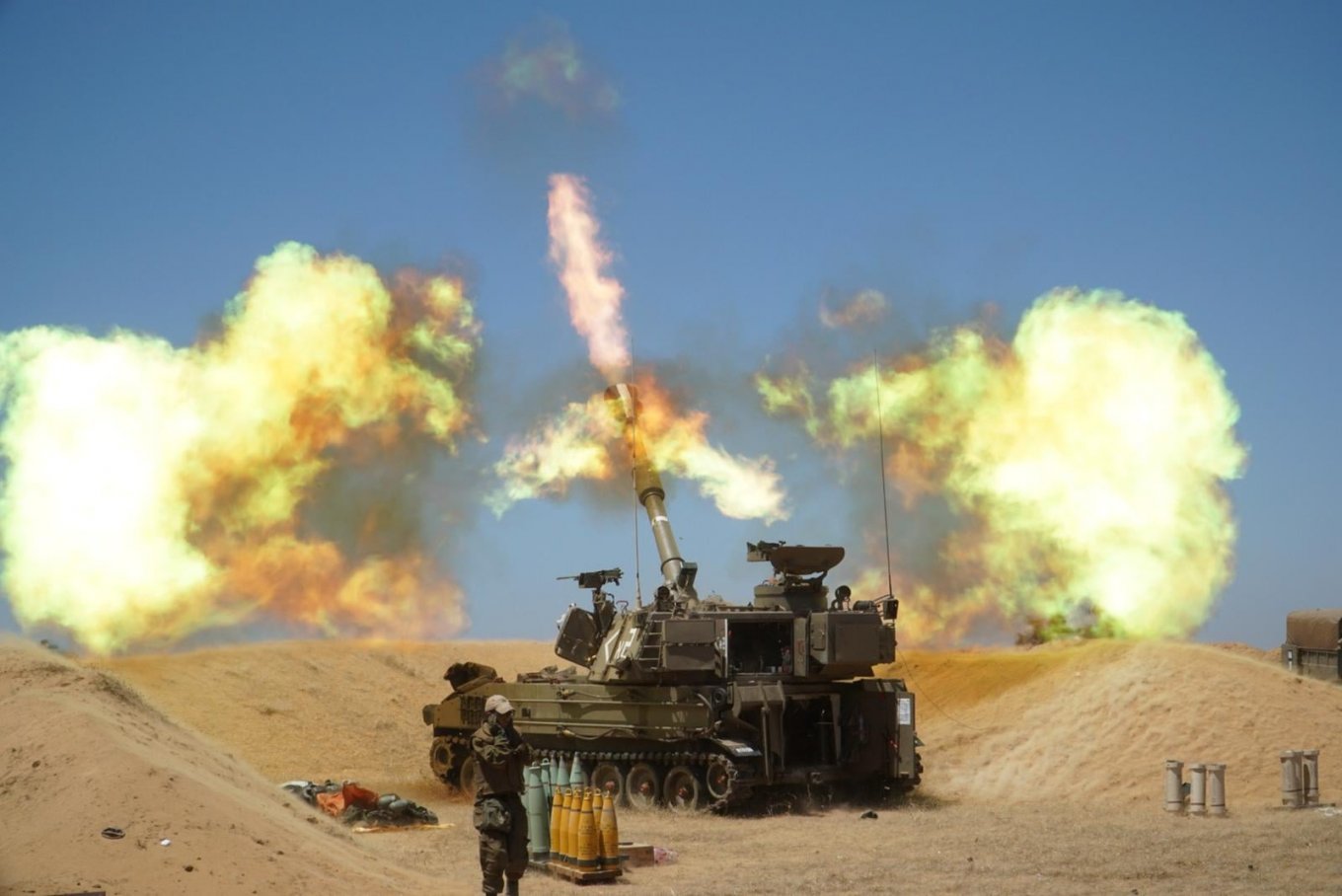
Although Israel can put to use around 200 more from storage, of which 30 are older M109A2 and 171 are towed, including M-46, M-68/M-71, and M-839P/M-845P. But for now, the core is those 250 M109A5s which will decide the scale of demand in ammunition.
There is also another factor to consider: while for Ukraine artillery fire is the primary means of inflicting losses to the enemy in both defense and offensive, Israel mostly relies on aviation. Though artillery will still be important in suppressive fire and binding enemy units to a certain location.
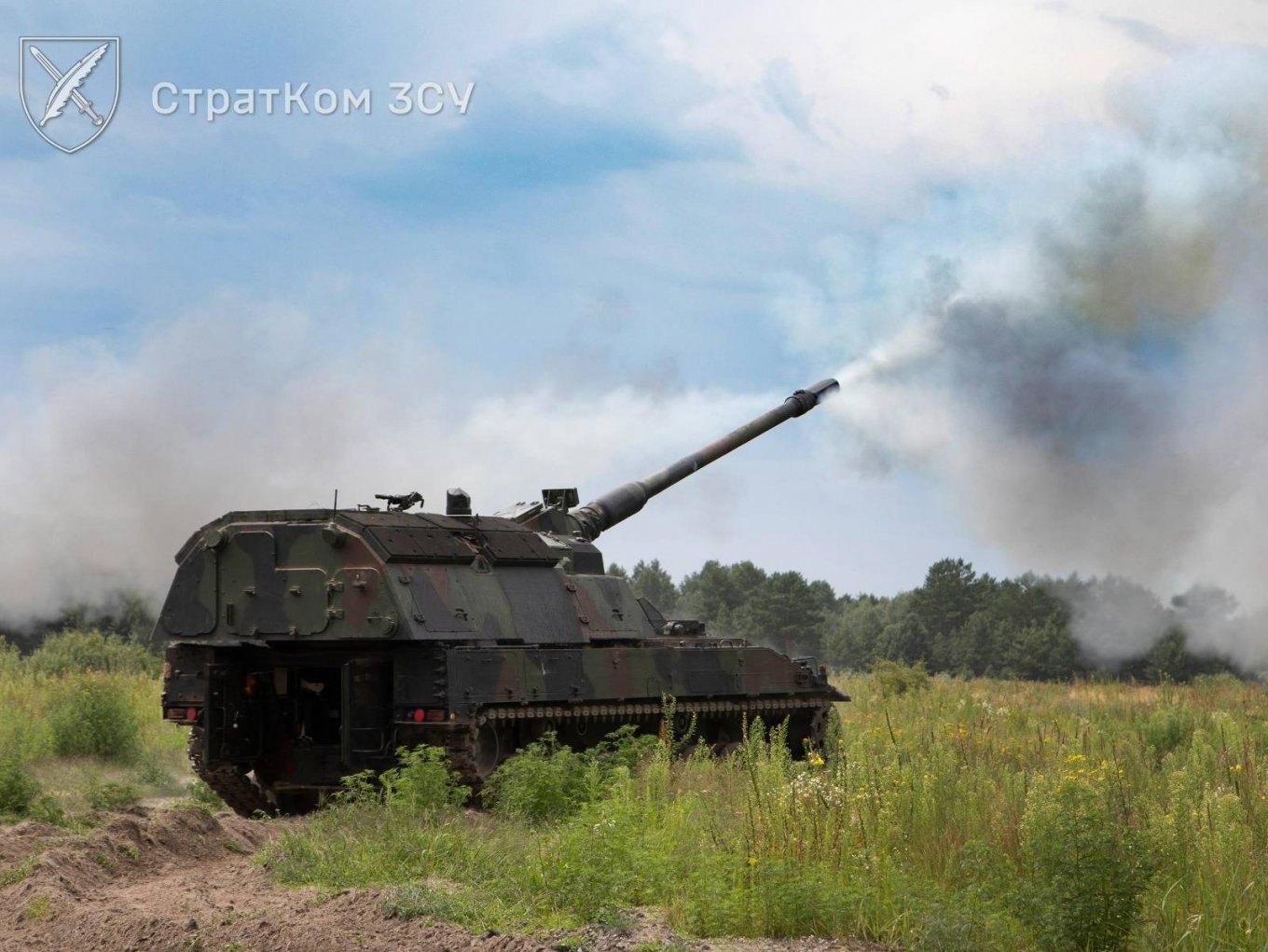
One more variable in the equation is how long the ground phase of the Israeli operation against Hamas will last. The longer, the more ammunition will be required. Either way, the IDF should suffice with how many it has at hand until the end of the operation in the Gaza Strip.
However, if Hezbollah decides to start a war on Israel from the north, hostilities might prolong for months to come. This may result in a situation when not only stocks but also newly produced ammunition will be shared between Ukraine and Israel, not to mention an increase in prices caused by the crisis.
But for now, the issue of ammunition for the IDF at the expense of aid for Ukraine seems to be exaggerated, at least Israel definitely has no interest in dragging its military campaign for too long. At the same time, the USA is deploying two aircraft carriers and additional aviation in the Mediterranean in order to avoid a war of two fronts.
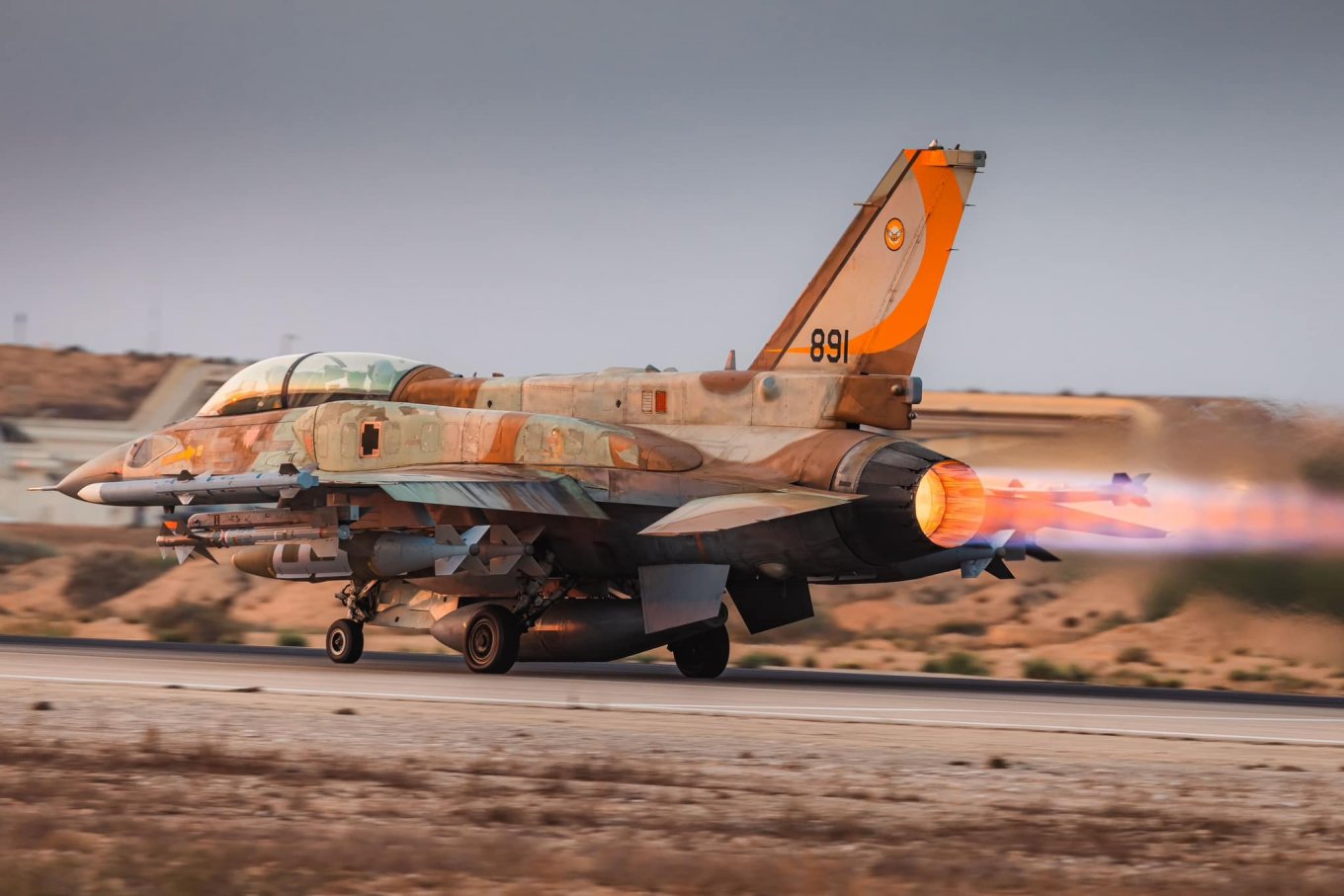
Read more: Rheinmetall Secures Major Order for Artillery Ammunition for Ukraine





